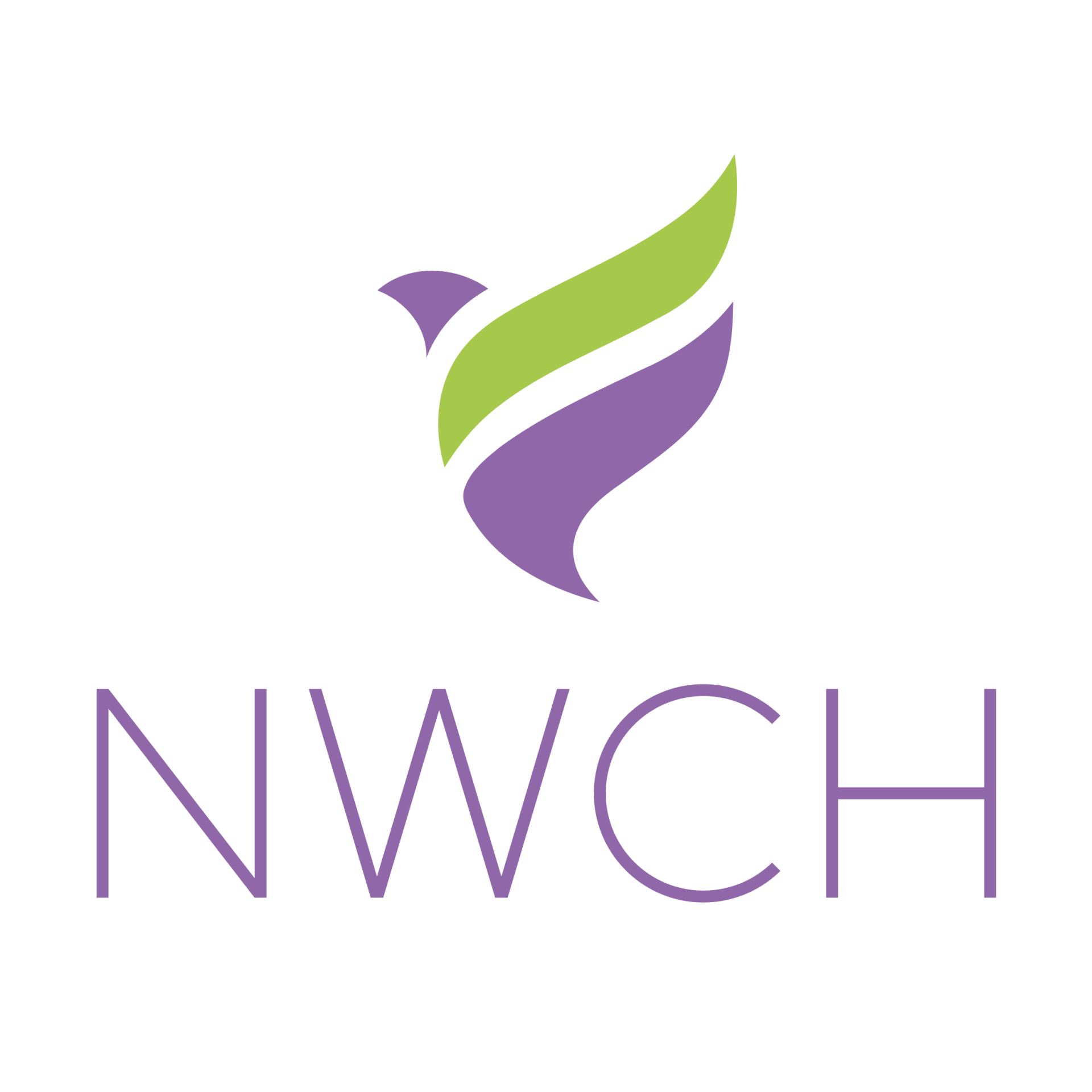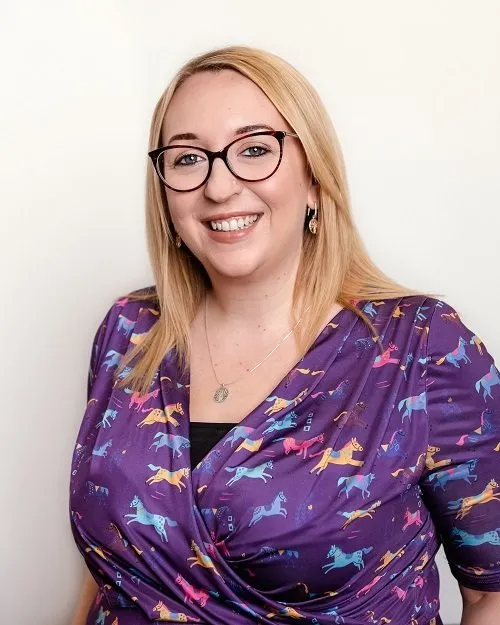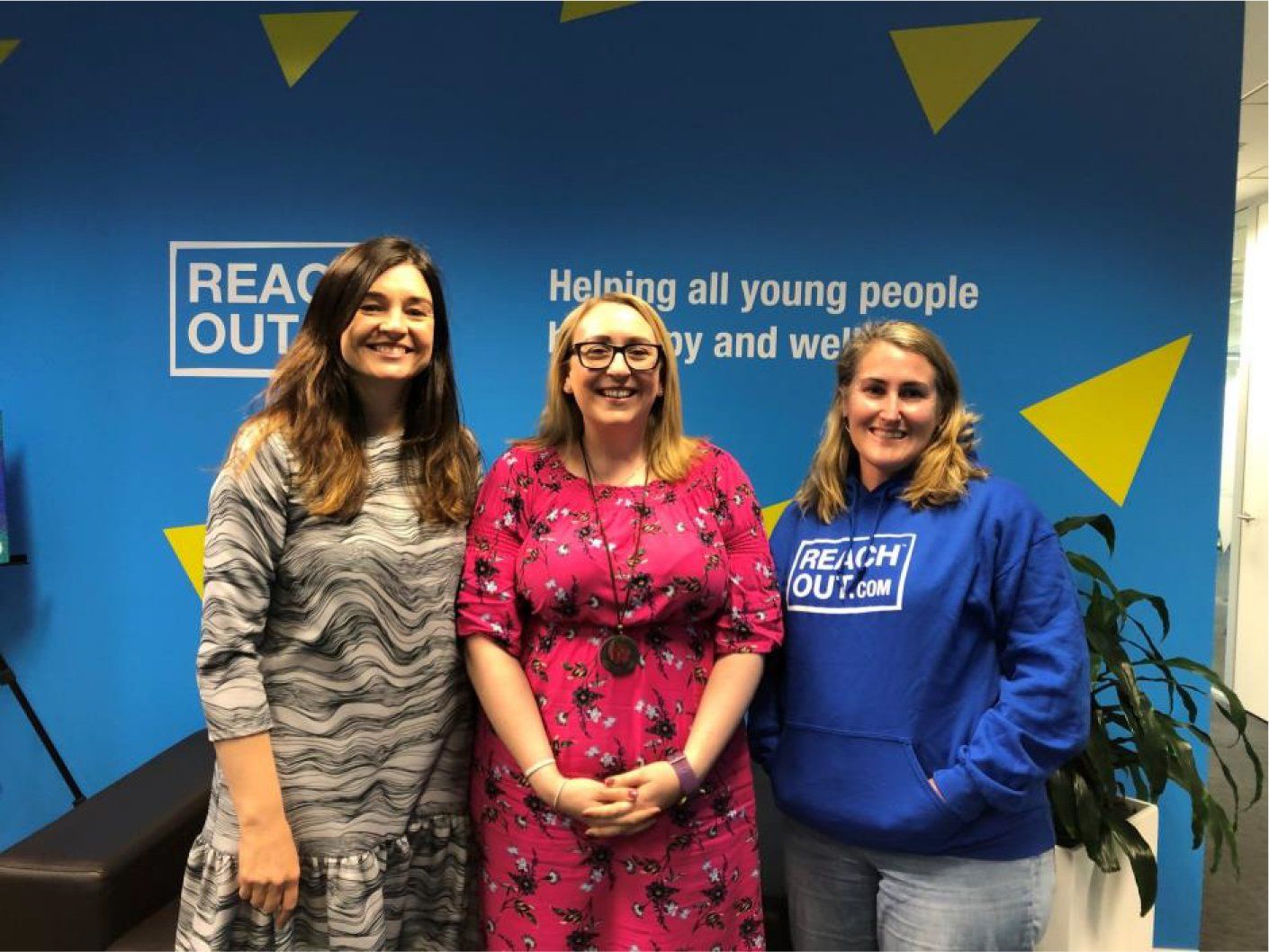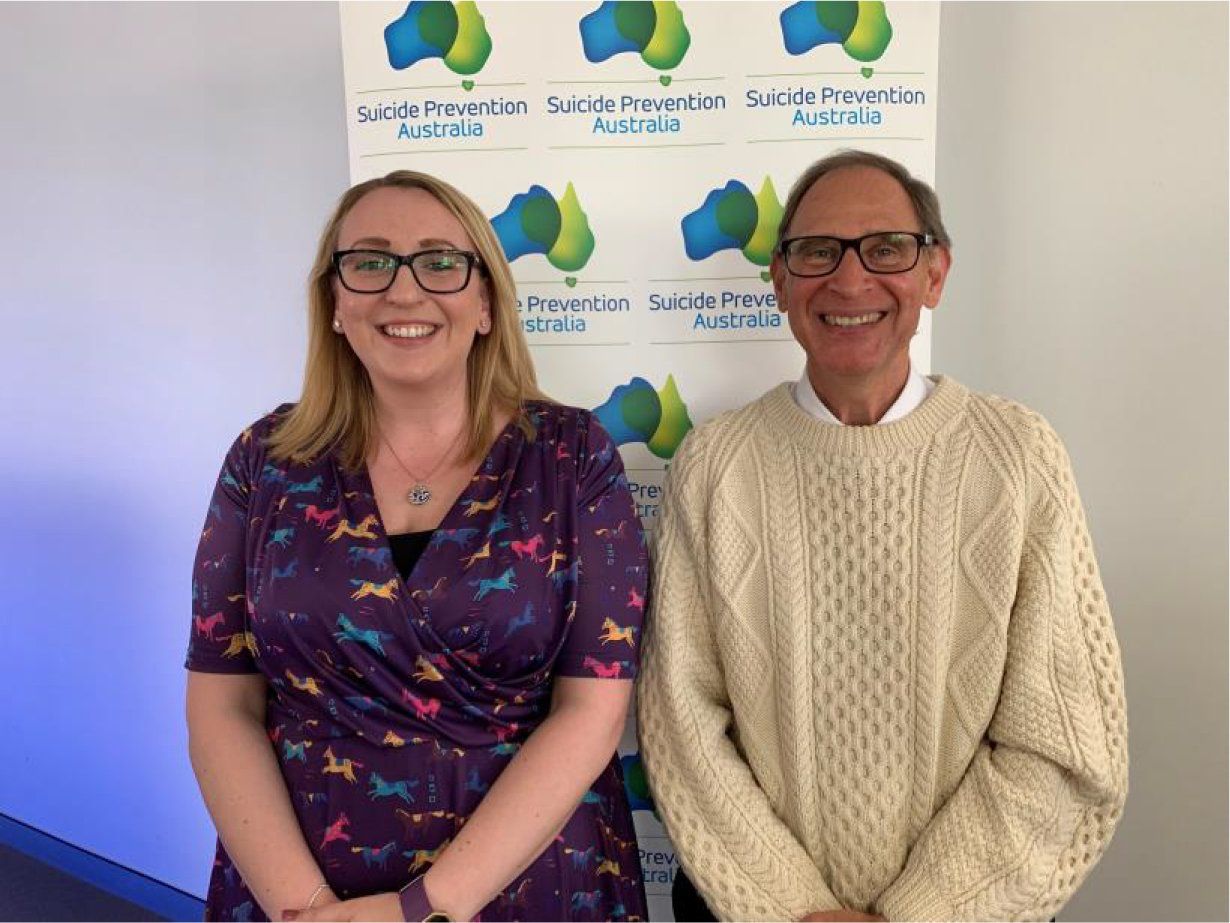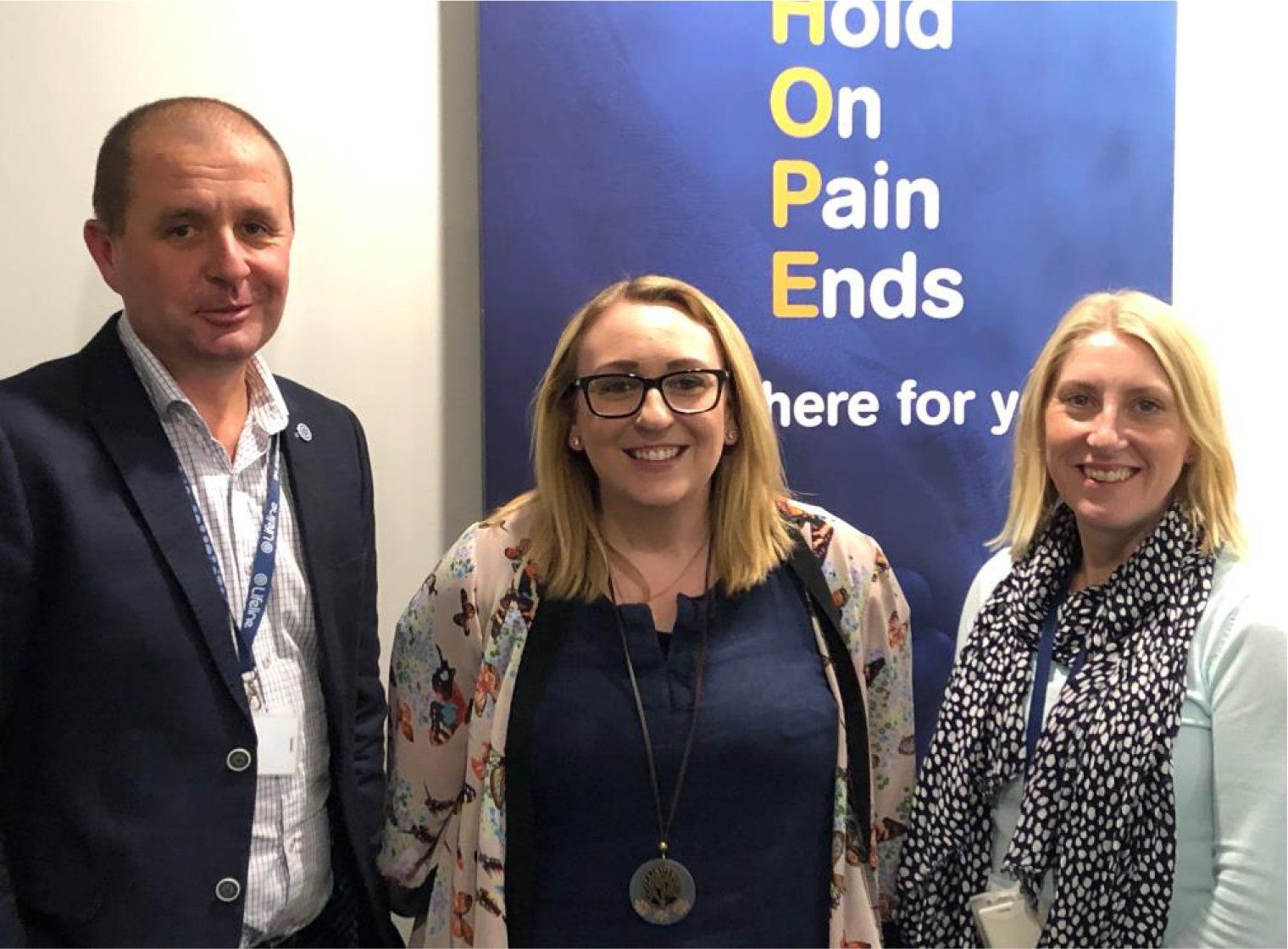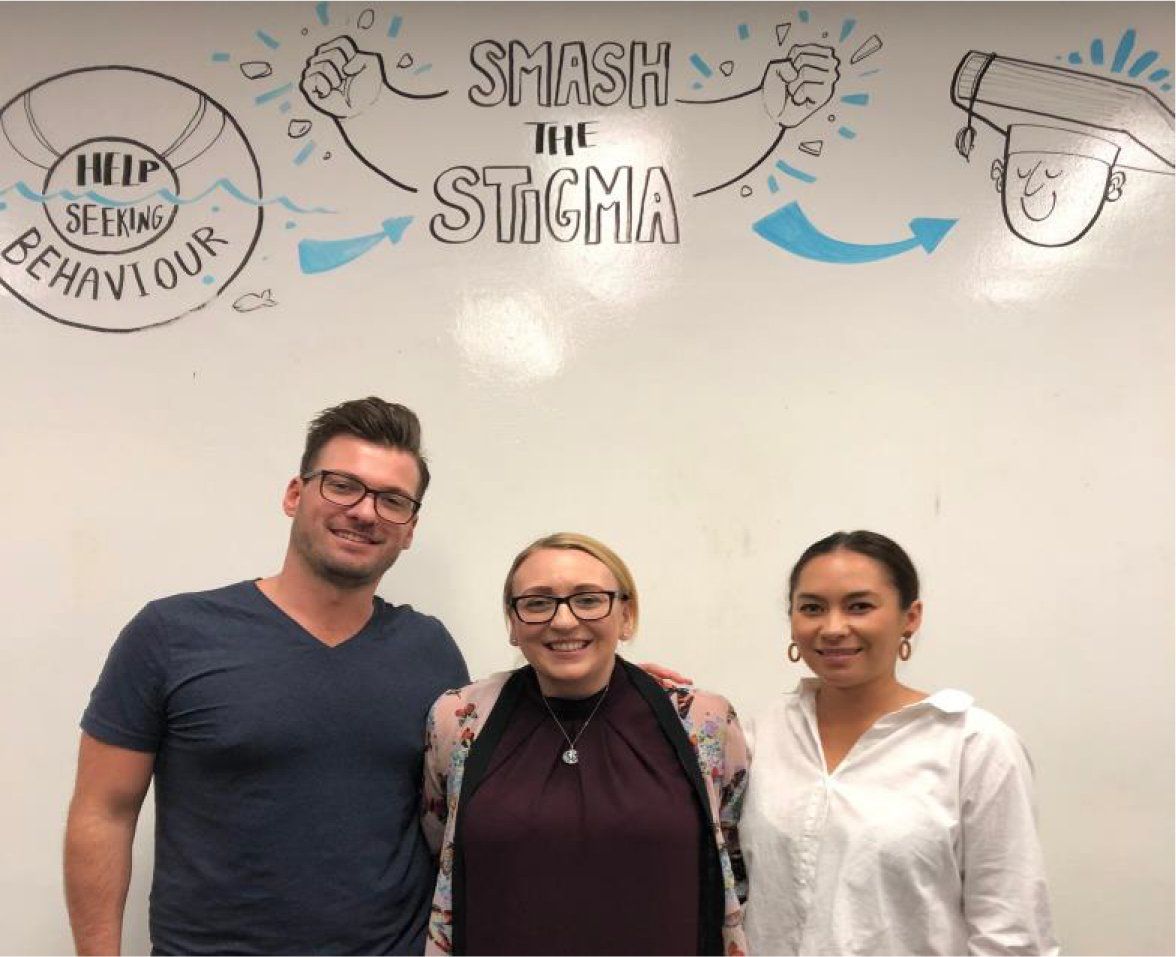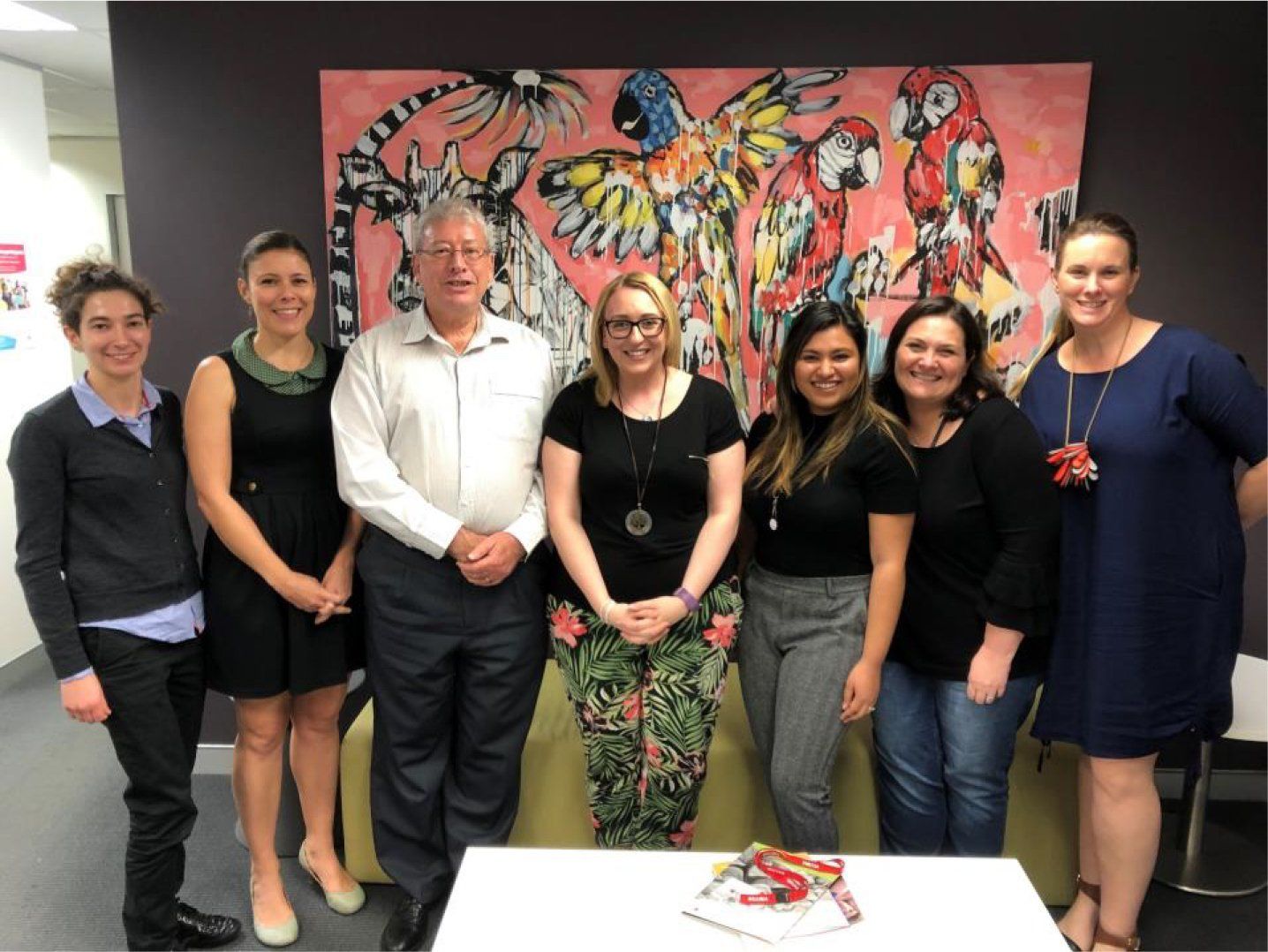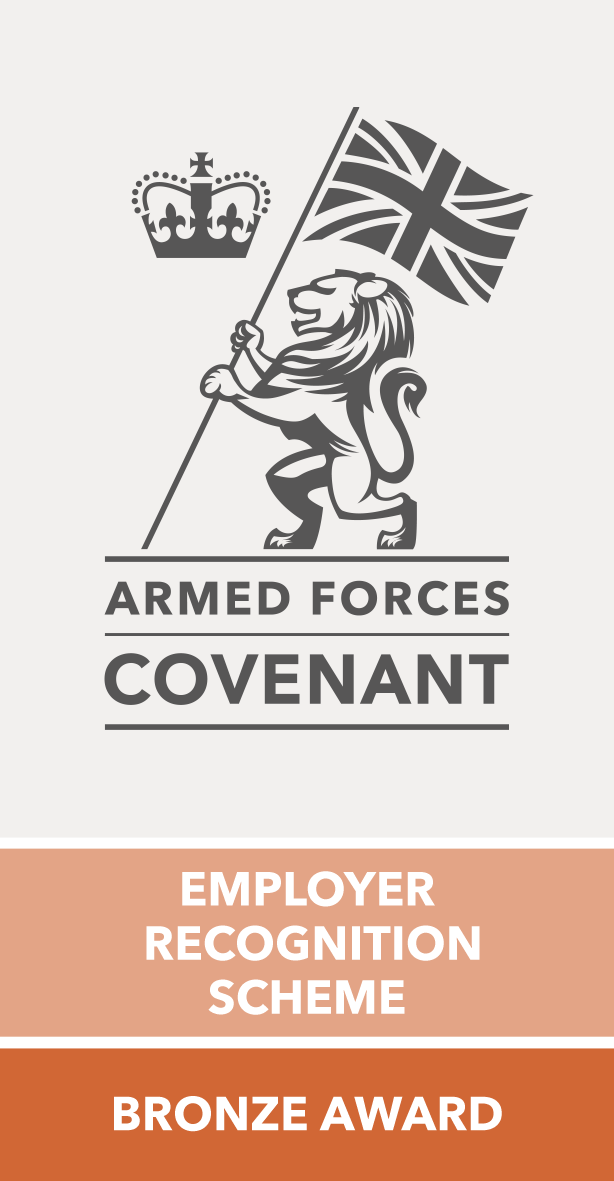THE WILLOW PROJECT:
SUICIDE PREVENTION IN CHILDREN AND YOUNG PEOPLE
Naomi Watkins-Ligudzinska
CEO of NWCH and Churchill Fellow 2019
Naomi travelled to Australia and New Zealand to research suicide prevention programmes for children and young people. The following are excerpts from a report she completed for the Winston Churchill Memorial Trust.
Naomi will run workshops based on her findings to train teachers and other professionals to recognise and support young people at risk of suicide, along with group therapy for young people experiencing suicidal ideation and intention.
The full report can be downloaded below.
EXECUTIVE SUMMARY
Author: Naomi Watkins-Ligudzinska
The Willow Project is a new project, started due to the findings of this research, The Willow Project aims to address suicidal ideation in young people and young adults aged 4 years - 30 years.
I wanted to address this and start a project in Lincolnshire because currently, there is nowhere to refer young people to. We are a counselling hub in Lincoln that receives an overwhelming number of referrals for young people and young adults who are suicidal, who have little or no support. I knew Australia and New Zealand had excellent suicide prevention and support projects we could learn from and implement here in Lincolnshire.
I wanted our service to feel confident in addressing suicide ideation, preventing suicide in young people and supporting their families to spot the signs and support accordingly. We want to run group therapy, workshops and more 1-2-1 counselling for young people aged 4 years - 30 years who have suicide ideation. I want the research to help develop a mental health toolkit for postvention for young people accessing our service which can be rolled out nationally. I would like to encourage policy makers to take the findings seriously and increase the funding nationally for suicide prevention, intervention and postvention.
I travelled to Australia (Brisbane and Sydney) and to New Zealand (Auckland and Christchurch). I knew we could learn a lot from suicide prevention organisations in Australia and New Zealand which will enable us to implement projects and support systems that already work and create lasting change here in Lincolnshire. I would like schools in our area to take suicide prevention more seriously and to invest in services to help teachers recognise the signs and symptoms of suicide ideation.
"It is no use saying, 'We are doing our best.' You have got to succeed in doing what is necessary."
Winston Churchill
Pictured (L-R) Mariesa Nicholas – Director of Research, ReachOut, Naomi Watkins-Ligudzinska – CEO NWCH and Kerrie Buhagiar – Director of Service Delivery.
The main impact of this research will be a reduction in suicide attempts and suicide completions in Lincolnshire of people aged 4 years - 30 years. I wanted to identify good practice that the UK can learn from, which can be applied nationally.
I have made five key recommendations across a range of key areas, including commissioning and funding, peer support projects, quality therapy and support programmes and support for organisations and families and research.
The Fellowship taught me about my own personal practice and the practice of NWCH. The trip enabled me to reflect on good practice in the UK, for example access to some services and the strength of some of our policies and procedures.
However, it also highlighted to me areas that central government and local statutory services could improve on and how they should incorporate the Third Sector, community and private sector more, along with people with lived experience, to shape services and provision that are young person centred and accessible with quality outcomes. It is everyone’s responsibility to change the statistics and the reality is that more young people are ending their lives by suicide. Which given the current situation with the global pandemic, will sadly only rise in numbers.
RECOMMENDATIONS
My Churchill Fellowship recommendations endeavour to encourage change within suicide prevention, both at a strategic and operational level, to help ensure that all children and young people, are given every opportunity to thrive and engage in suicide prevention activities and support.
Five recommendations have been made in my report. The proposed actions strive for an innovative approach to suicide prevention, that is funded and supported at government and local council levels and which harbours higher standards of care with changes in systematic apathy towards young people and suicide prevention.
Funding and Commissioning
Central and local government, along with statutory agencies, need to commit to funding and commissioning Third Sector organisations to develop and deliver more prevention support for young people and make this their priority.
Involving Young People
There needs to be a commitment to involve young people with lived experience to feed into support programmes. These programmes need to be available in schools and education establishments, along with workplaces being flexible to allow young working people to access these programmes.
Joined-Up Services
Statutory and voluntary community sector organisations should provide access to therapeutic support in young people friendly spaces. In those spaces there should be access to all the support a young person may need, a ‘one-stop shop’. The criteria needs to be inclusive and not discriminatory.
Supporting Families
There needs to be appropriate support and psychoeducation for organisations and families affected by suicide, which is timely, accessible and empathic in its overall approach.
Outcomes and Evaluation
All new and existing services working with young people should establish appropriate suicide prevention services, to have an additional focus on outcomes and evaluation to ensure they are delivering effective and empathic treatment and support. Services should incorporate research into their processes.
CONCLUSIONS
Delivering suicide prevention services that meets the needs of young people is a complex challenge for all services involved which is the same in Australia and New Zealand, as it is in the UK.
Young people are all individuals who experience a range of changes; physically, emotionally, developmentally and hormonally. Their experiences are all different due to traumas experienced, environment, genetic factors, support networks (or lack of) and childhood adverse experiences to name just a few.
Young people with additional needs or mental health needs have added complexities and a lot of services will not work with ‘complex’ young people or adults. Therefore, a lot of young people fall through the gaps. They do not have any support in place, therein comes the risk of not having the support they need to survive and thrive.
The services we have in the UK are limited, mainly by funds but also by policies, procedures, criteria to access public sector services and waiting lists. We know young people are turned away by services due to not meeting the criteria of the service, therefore not even making the waiting list. We need to remember waiting times for young people feel much longer than they do for adults, a month in a young person’s life can feel like the equivalent of a year in an adult’s life. Young people have also told us that once in services they have not had consistency with the support they have received, there have been many changes in who their therapist is, and chances are the support has been too short at only 6-12 weeks. The support has also mainly been CBT (Cognitive Behavioural Therapy), which does not suit all young people. They enjoy the variety of art psychotherapy, group therapy with peers with lived experience, pet therapy and other innovative therapies. It can feel a little too much like school with ‘homework’ tasks. We can see some great work from Third Sector organisations supporting young people, but they are not recognised, valued or funded fairly.
Pictured (L-R) Jamie Gray – Practice and Operations Lead LifeLine, Naomi Watkins-Ligudzinska – CEO NWCH and Rachel Bowes – Acting Director LifeLine
Pictured (L-R) Nicholas Brown – General Manager, Batyr, Naomi Watkins-Ligudzinska – CEO NWCH and Sarah Scales – Speaker Development Co-Ordinator, Batyr
Australia and New Zealand seem to have some similar concerns in terms of funding. However, they have access to a lot more funding than we do here in the UK. The funding seems to be federal funding and from philanthropic people. Our government funding here in the UK mainly is distributed to NHS services and not grass roots organisations. By the time the pot of money reaches Third Sector organisations it is so small and lots of organisations are trying to receive the same pot, so there much competition. I am concerned that here in the UK, a lot of Third Sector organisations will not survive without government backing, especially in our current situation of a global pandemic.
There are similar experiences in Australia and New Zealand with some schools having a reluctance to speak about suicide with young people, feeding the stigma and fear around mentioning suicide. In the UK we need more training to be rolled out to teachers, about how to address suicide appropriately with young people. MHFA and ASIST training needs to be rolled out and to create wellbeing champions in schools and peer groups, to increase suicide prevention and decrease suicide ideation and intention. Batyr have an excellent example of their young person programme, which is rolled out in schools, which encourages speaking about suicide much more widely.
Australia and New Zealand have some excellent projects in place that have the young person at heart, that have been shaped by the young person. They are young person specific, young person lead and young person friendly. Headspace is an amazing initiative, and the concept is so effective, having a one-stop-shop for young people to access with little to no waiting lists and all the experts they need under one roof. The services in these countries seem to be more available, accessible and young person friendly. In the UK we seem to have a fear of giving young people a voice and a fear of talking about suicide to them. There are some excellent Third Sector organisations doing their best to redress this imbalance.
Pictured (L-R) John Dalgleish – Head of Strategy and Research YourTown and Naomi Watkins-Ligudzinska - CEO NWCH and YourTown Team Members
There are a lot of inspiring organisations doing great things, but not enough of a joined-up approach both in Australia, New Zealand and the UK. It feels as fragmented there as it does here in the UK. There needs to be more focus on the experience of the service user, and their views are paramount to shaping services. Questions to consider are;
- How do we fill the gaps?
- How do we offer something that has not been offered before?
- How are we going to work with other people?
The suicide rate is not necessarily falling in Australia or New Zealand. However, I do not want to consider what the number would be without the many amazing organisations I visited and those that I did not have time to visit. The solution to suicide prevention involves schools, it also involves parents and families, it involves a community response. It should also involve mental health services and a whole range of different people. Co-ordination is important so that everybody sees that they play a role, which is very much along the lines of the Lifespan model created by the Black Dog Institute.
What we are seeing in Australia, New Zealand and what we hear through the conversations that we have with our education sector colleagues is there a shift to well-being, and how we can help all young people to thrive. This idea of a flourishing life and teaching young people how to do well is important. We should not wait until someone is at the point of contemplating suicide; we need to be giving them the necessary tools early on so that they learn some of those strategies around resilience, they can better manage stress and distress. We do need to do more and have more of a multi-agency approach.
All of this made me reflect on how fortunate we are at NWCH Lincoln to be able to provide our funded clients with 18 sessions, though that is unfortunately the maximum available from our funding sources. It appears to be so much easier in Australia and New Zealand to receive government funding for support services and furthermore, that counselling and therapy is highly valued, which I do not believe is the case to the same extent in the UK.
Author: Naomi Watkins-Ligudzinska CEO of NWCH and Churchill Fellow 2019
To view the full report download below.
CAN YOU HELP SUPPORT THE HUB?
We Give our Best Each and Every Time!
- Every client is treated with respect
- Everyone is offered a hot drink and warm welcome
- From your first contact to your last session you are cared for
- We do our best to make sure you are leaving us more confident
We Give Hope Where There is None!
- No waiting list (unless funded then only 4 weeks)
- We don't turn anyone away
- We are often people's 'last chance'
- We properly 'listen' to our clients needs
We Save Lives!
- Fully qualified counsellors (we don't use trainees)
- 'Out of the box' counselling
- Funded sessions
- Every team member is amazingly friendly & respectful

Slide title
I don’t think I could recommend NWCH enough! My counsellor is great, I feel understood and hopeful and never judged. Thank you!
Young person Accessing NWCH Counselling Service
Button
Slide title
My son is opening up to Wayne about all aspects of losing his Dad - happy memories and the painful truth that he won’t be coming back. Wayne has taught him to acknowledge the pain but also remember the many happy times. The counselling he has had with Wayne has been invaluable.
Mum of her young son Accessing NWCH Counselling Service
Button
Coming in for couples counselling, we were both nervous about how the session would work having not done anything like this before.
He listened to each of us and made it feel very light-hearted and easy. We were able to share our feelings and thoughts and Ian gently guided us to explain our views to help us see each other’s views and gave us things to think about for next week.
Couple Accessing NWCH Counselling Service
Button
Slide title
Personally, I was a very sceptical individual and initially attended as a good Will gesture to my family who had encouraged me to do so……. that being said I found myself to be able to talk to (let’s be honest, a stranger) about my life and its difficulties in an open and comfortable fashion……. don’t get me wrong I’m no soft touch! But I found it genuinely comforting to be able to do so! …. it makes me ask and look for answers from myself ….. rather than someone with a title telling me what’s wrong……,
Adult Accessing NWCH Counselling Service
Button
Slide title
The match of counsellor has meant my husband looks forward to his sessions & already is feeling happier & we as a family are seeing a difference. It is detail like this that makes asking for help via the NW Counselling Hub stand out – plus the reassurance all counsellors are qualified.
We cannot recommend the NW Counselling Hub enough and thank them for all they are doing for our family.
Adult Accessing NWCH Counselling Service
Button
Slide title
“We want to support our team when ‘life happens’. We asked NWCH to be our ‘go to’ support service for counselling and emotional support to help members of our team, if they need it, get them through some difficult personal issues such as bereavement and anxiety. The team at the hub are incredibly supportive and have provided a lifeline to our team”
Lincoln Employer referring employees to NWCH Counselling Service.
Button
Slide title
“NWCH have been providing counselling services to our employees for a few years now and I can honestly say that they have made a significant difference to many of their lives.
We are a company that believes in investing in our staff, and it is great to see when that investment is so profound and has such a positive impact, especially when it comes to people’s wellbeing.
Thank you NWCH, for enabling us to offer our teams such fantastic support and help to feel better when they face challenging times.”
HR Manager at Micronclean Ltd
Button
OFFICE
NW Counselling Hub CIC
Cromwell House
Crusader Road, off Tritton Road, Lincoln, LN6 7YT
CONTACT INFO
